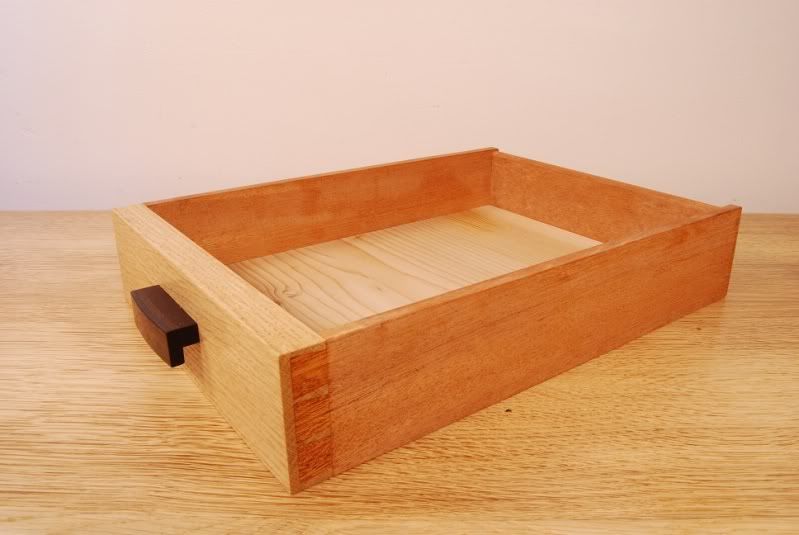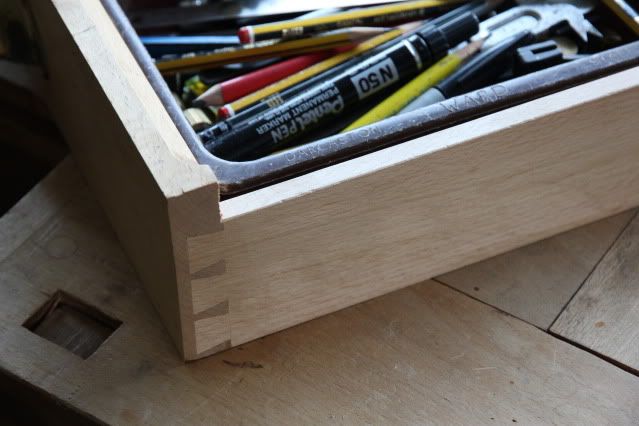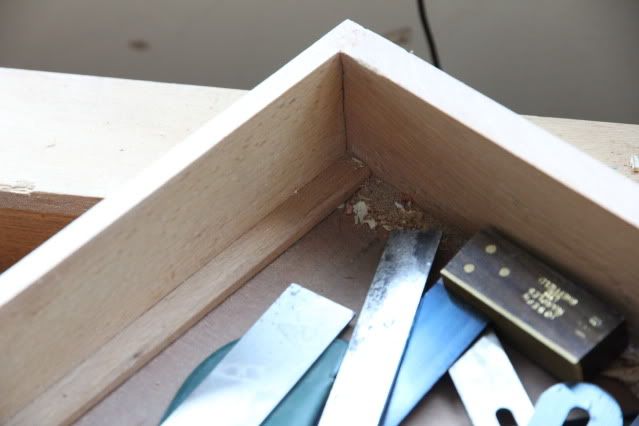jimi43
Established Member
Having read through the very emotive thread on drawers which had some very polarised views and opinions...I want to open up this discussion for those of us for whom traditional drawer construction is an option for a fine cabinet.
I am making a tool chest...just for me...ala Moore and Wright et al....in order to store some of my more valued efforts in toolmaking.
Key to the design is a beautiful drawer and I want to avoid just copying comb joints and opt instead for the traditional drawer construction...in minature.
To visually describe what I see as the most pleasing I am going to post below some pictures of a drawer that I think exemplifies my view of this design and invite comments on ways which you would improve on each element of this structure:
The Front
Blind dovetails with the sides mating into the front at right angles using hand cut dovetails:

The Rear
Hand-cut through dovetails....
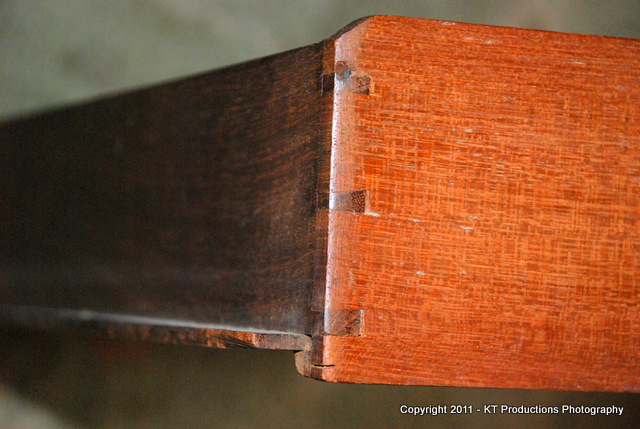
The Bottom
Draw slips used...rounded top..rebate..squared bottom:
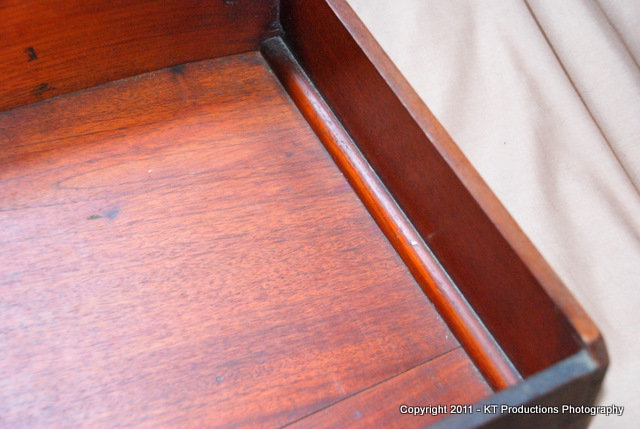
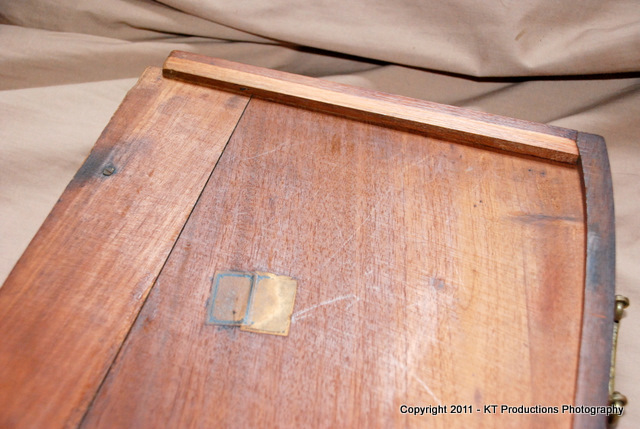
Bottom extending out back for alignment?
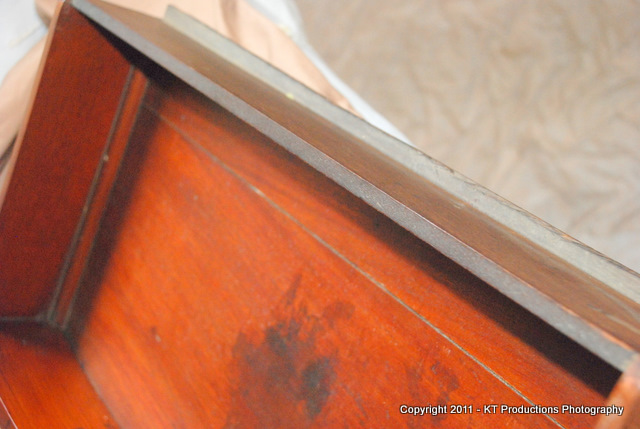
Well that's my view of how it should be done but remember...I have no experience in this area of cabinet making and I would assume these are very basic traditional techniques...
But what I want to know is...are there more elegant ways of construction?
Thanks!
Jim
I am making a tool chest...just for me...ala Moore and Wright et al....in order to store some of my more valued efforts in toolmaking.
Key to the design is a beautiful drawer and I want to avoid just copying comb joints and opt instead for the traditional drawer construction...in minature.
To visually describe what I see as the most pleasing I am going to post below some pictures of a drawer that I think exemplifies my view of this design and invite comments on ways which you would improve on each element of this structure:
The Front
Blind dovetails with the sides mating into the front at right angles using hand cut dovetails:

The Rear
Hand-cut through dovetails....

The Bottom
Draw slips used...rounded top..rebate..squared bottom:


Bottom extending out back for alignment?

Well that's my view of how it should be done but remember...I have no experience in this area of cabinet making and I would assume these are very basic traditional techniques...
But what I want to know is...are there more elegant ways of construction?
Thanks!
Jim





